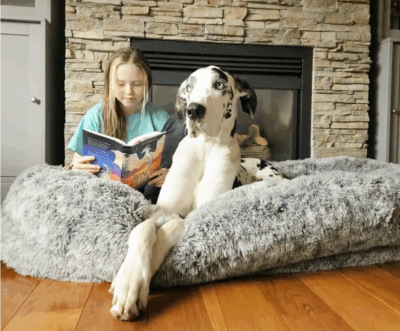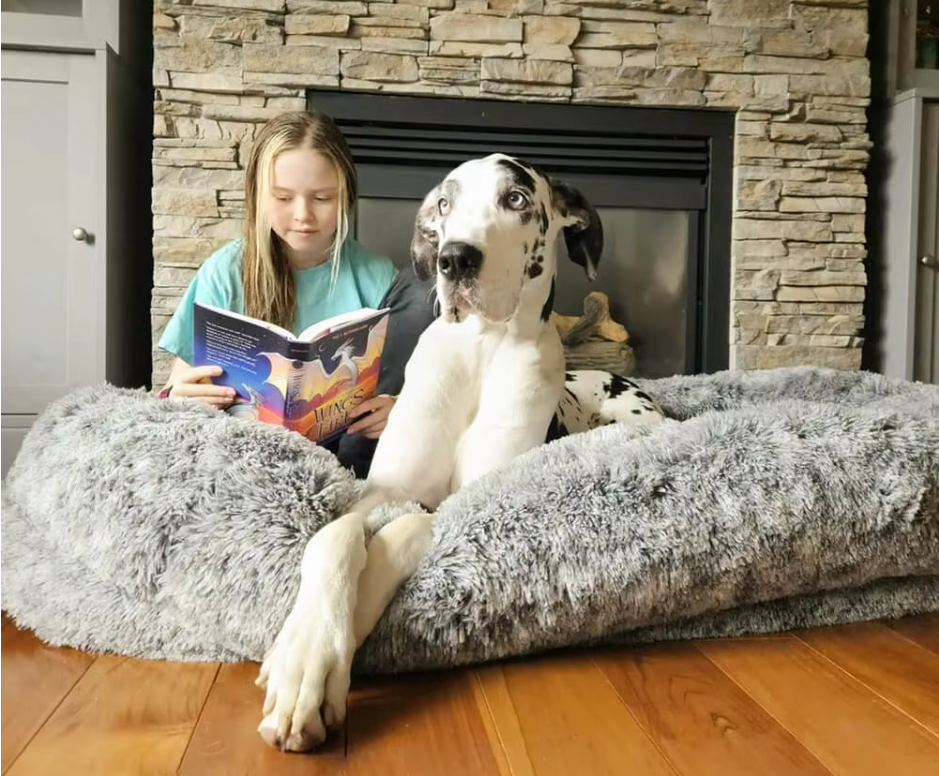🌊 Introduction
A waterproof dog bed is not just a convenience—it’s a durability test in disguise.
From muddy paws to drooling pets and outdoor exposure, these beds face tough environments daily.
To ensure they truly stand up to moisture, every element—fabric, stitching, coating, and testing—must be engineered for protection.
Partnering with reliable Dog Bed Manufacturers helps brands produce water-resistant products that maintain comfort while surviving heavy use and cleaning cycles.
🧵 1. Waterproof Fabric Technology
Modern waterproof dog beds rely on multi-layer fabric systems that combine softness and impermeability:
-
Outer Shell: Oxford, polyester, or canvas with DWR (Durable Water Repellent) coating.
-
Inner Barrier: TPU or PE waterproof membrane laminated under heat pressure.
-
Lining Layer: Soft microfiber for breathability and comfort.
TPU membranes outperform PVC due to higher elasticity and eco-friendliness, ensuring no cracking even after multiple washes.
For premium collections, many Waterproof Dog Beds Manufacturers now integrate bonded triple-layer textiles—a single fused sheet combining outer, middle, and inner layers to eliminate weak seams.
🪡 2. Seam Sealing and Stitching
Even the strongest fabric can fail at its weakest point—the seam.
Factory-level quality control focuses on needle perforation, seam density, and sealing methods:
-
High-density stitching: 9–10 stitches per inch prevents thread gaps.
-
Nylon bonded thread: Resists UV degradation and high-tension stress.
-
Seam sealing tape: Applied through heat press to block micro-leakage.
-
Double-stitched zipper panels: Reinforce structural integrity for removable covers.
Technicians also perform water immersion tests, where seams must withstand 30 minutes of submersion without internal moisture penetration.
🧪 3. Lab Testing Standards
Waterproof performance isn’t judged by marketing claims—it’s validated through quantifiable lab tests:
| Test Type | Description | Acceptable Standard |
|---|---|---|
| Hydrostatic Head Test | Measures fabric’s resistance to water pressure | ≥ 3,000 mm |
| Spray Test (ISO 4920) | Evaluates surface repellency | Grade 90–100 |
| Seam Leakage Test | Simulates high-pressure water exposure | No visible leakage |
| Abrasion Resistance (Martindale) | Tests surface wear | ≥ 30,000 cycles |
| Washing Cycle Durability | Simulates repeated laundering | 100+ cycles without failure |
Each batch should include a QC certificate showing fabric origin, membrane thickness, and coating durability. This transparency builds trust with B2B buyers and ensures compliance with export standards.
🧼 4. Cleaning & Maintenance Design
True waterproof beds must also be washable and breathable—two properties that often conflict.
Factories achieve this balance through clever engineering:
-
Zippered outer covers for machine washing.
-
Removable inner liners for air circulation.
-
Punched ventilation holes on bottom panels to prevent odor.
-
Anti-slip TPR bases for stable floor grip.
High-end waterproof models combine heat-bonded seams with breathable upper panels, maintaining ventilation while preventing liquid penetration.
🌿 5. Sustainable Waterproof Materials
Eco-friendly waterproofing is an emerging trend.
Instead of solvent-based coatings, manufacturers now use:
-
Water-based PU finishes.
-
PFC-free DWR treatments.
-
Recycled polyester oxford fabric.
These upgrades significantly reduce VOC emissions and microplastic shedding.
Global buyers appreciate suppliers who can document environmental compliance through OEKO-TEX or Global Recycled Standard (GRS) certificates.
📦 6. Packaging and Transportation Considerations
Even waterproof beds require moisture-safe packaging during shipment.
Factories use:
-
Vacuum compression to save freight volume.
-
PE moisture barrier bags for long-distance shipping.
-
Silica gel desiccants inside cartons.
For retail and e-commerce, a printed kraft box or branded mailer can highlight waterproof features with infographics or “splashproof” icons.
💬 Conclusion
Producing waterproof dog beds that truly resist liquids involves precision engineering, reliable materials, and strict lab testing.
From fabric lamination to seam sealing and inspection protocols, every detail defines product longevity.
Collaborating with professional Dog Bed Manufacturers and experienced Waterproof Dog Beds Manufacturers ensures consistent quality and brand credibility—helping you deliver comfort, protection, and performance that pet owners can trust.
❓ Frequently Asked Questions (FAQ)
Q1: What’s the difference between waterproof and water-resistant dog beds?
Waterproof beds use laminated barriers (TPU/PE) to block liquids entirely, while water-resistant ones only repel splashes for short periods.
Q2: How often should waterproof beds be washed?
Every 2–3 weeks, depending on usage. Always air dry after washing to maintain coating integrity.
Q3: Can waterproof fabrics still be breathable?
Yes—modern multilayer laminations and micro-porous membranes allow vapor to escape while blocking liquids.

























